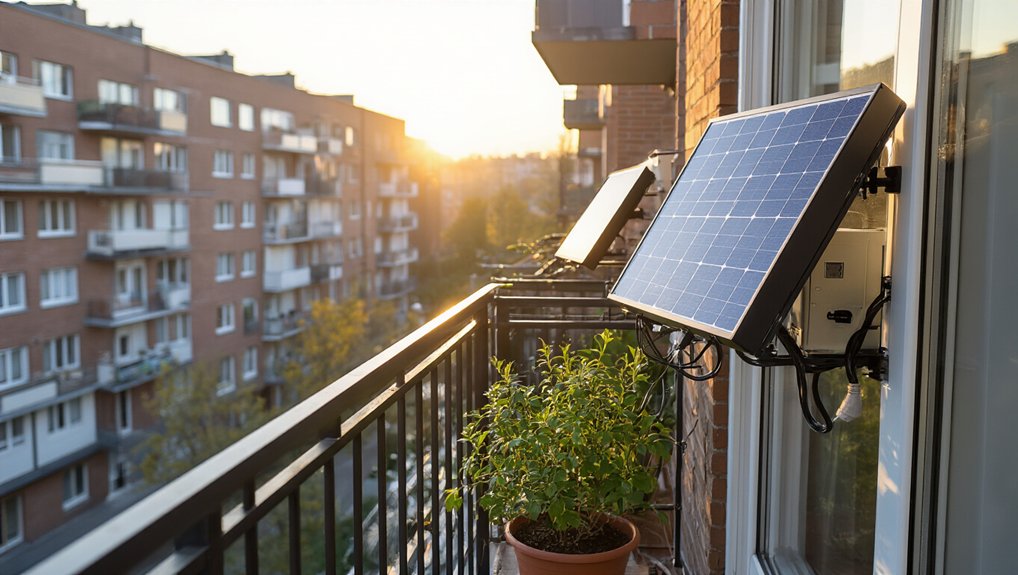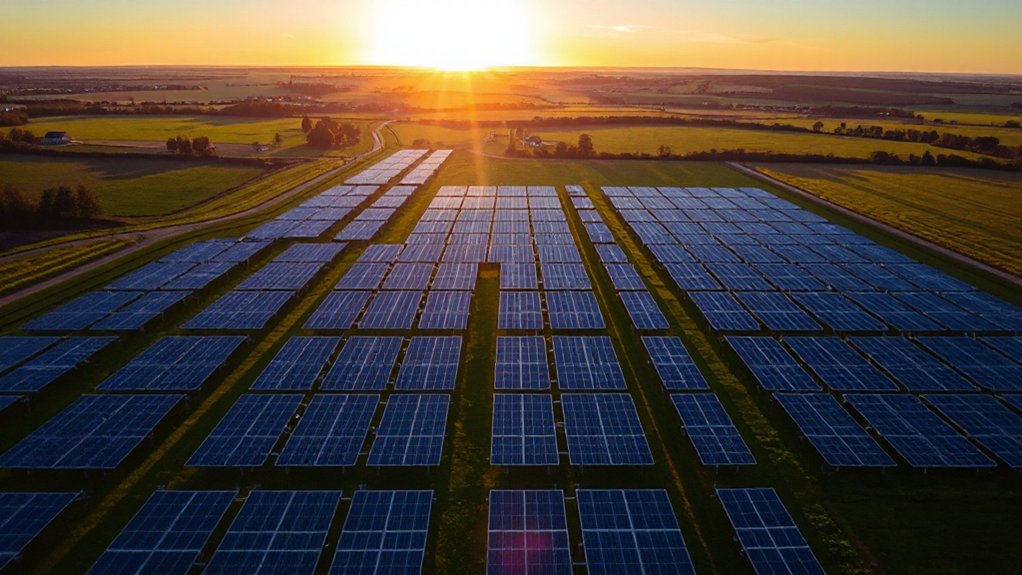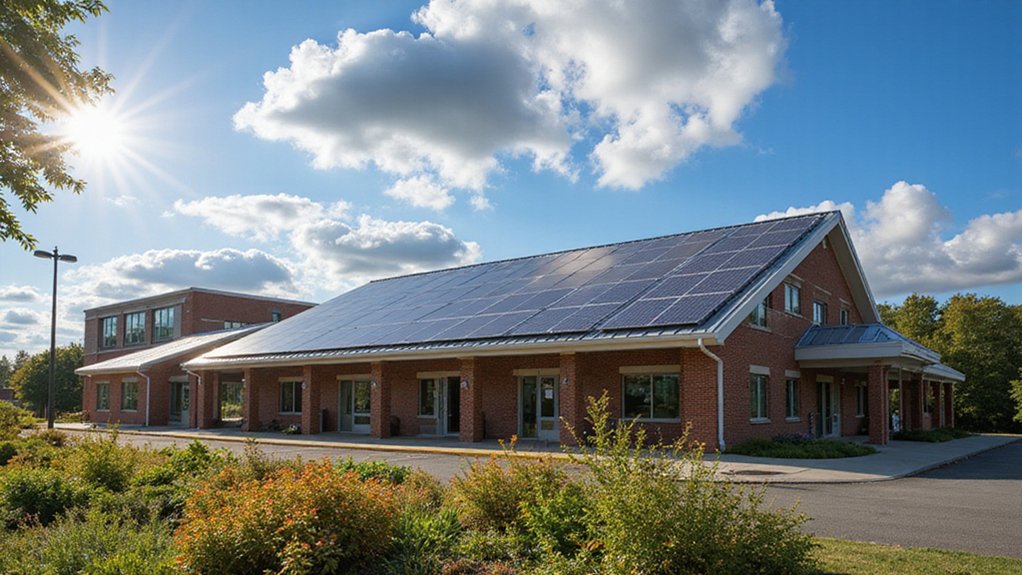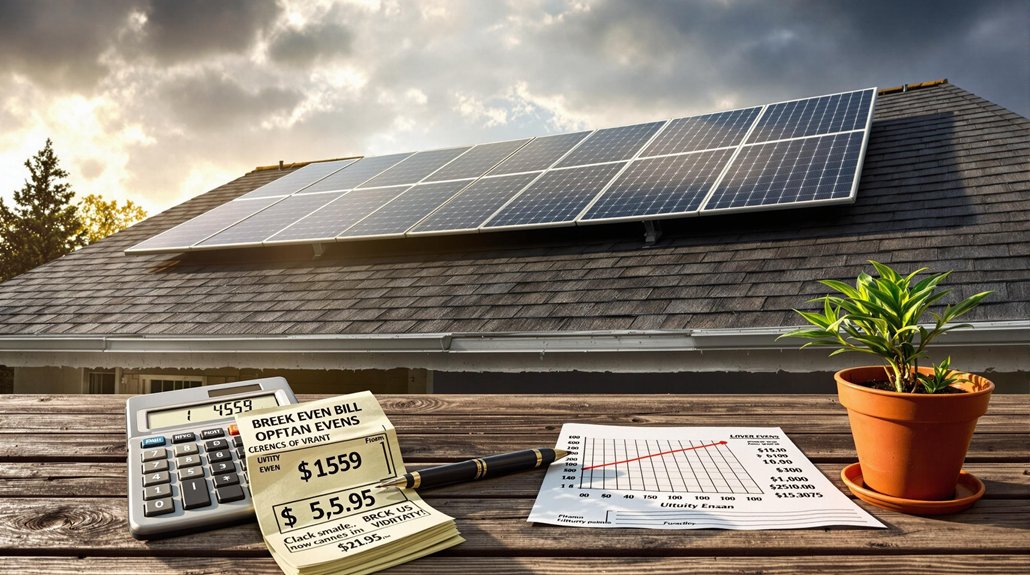Why are simple plug-in solar panels causing such an uproar across neighborhoods and regulatory offices? These seemingly innocent devices—designed to be installed without professional help and plugged directly into standard outlets—have become the center of heated debates between renters, landlords, and regulatory bodies.
The appeal is obvious. For as little as $500, anyone can buy a plug-in solar kit that installs in under an hour with zero electrical expertise. No roof modifications. No complicated wiring. Just mount, connect, and plug in. Boom—instant green energy. A typical 300W system generates about 600 kWh annually, while larger 600W setups can produce 1200 kWh. That’s enough to slash average electricity bills by up to 15%.
But here’s where things get messy. These systems exist in a regulatory gray zone. In many U.S. jurisdictions, they’re flat-out illegal without proper permits. No inspection, no compliance with electrical codes? Good luck with your insurance company when something goes wrong.
Germany, meanwhile, has gone the opposite direction. They’ve actually passed laws giving renters the right to install these panels, and landlords can only object for “compelling reasons” like legitimate safety concerns. Not just because they think solar panels are ugly.
The safety debate rages on. Supporters point to microinverters with anti-islanding technology (UL 1741 certified, for the nerds keeping score) that automatically prevent dangerous backfeeding during power outages. Critics aren’t convinced. Non-professional installation? What could possibly go wrong?
For renters, these panels represent rare energy independence. Solar plug-and-play systems are particularly attractive because they offer flexibility during relocation, allowing tenants to take their energy investment with them when they move. The move toward renewable energy has gained significant momentum since Germany was forced to reduce its Russian gas dependency following sanctions in 2022. A 2,000-watt system can power small appliances, chargers, and lighting—all without landlord permission in some regions.
These systems align with the global shift toward renewables, as energy storage advancements make small-scale solar increasingly viable for everyday consumers.
The controversy boils down to one question: Do the accessibility benefits outweigh potential risks? Affordable, easy-to-install green energy sounds great until you’re dealing with code violations or upset utility companies.
As regulations evolve, one thing’s certain—these controversial plug-in panels aren’t going away anytime soon.
References
- https://www.zerofy.net/2024/06/30/balcony-solar.html
- https://san.com/cc/germany-gives-renters-legal-right-to-solar-power-even-if-landlords-dont-want-it/
- https://www.solarreviews.com/blog/dont-invest-in-plug-in-solar-panels
- https://pluggedsolar.com
- https://www.sce.com/clean-energy-efficiency/solar-generating-your-own-power/solar-power-basics









